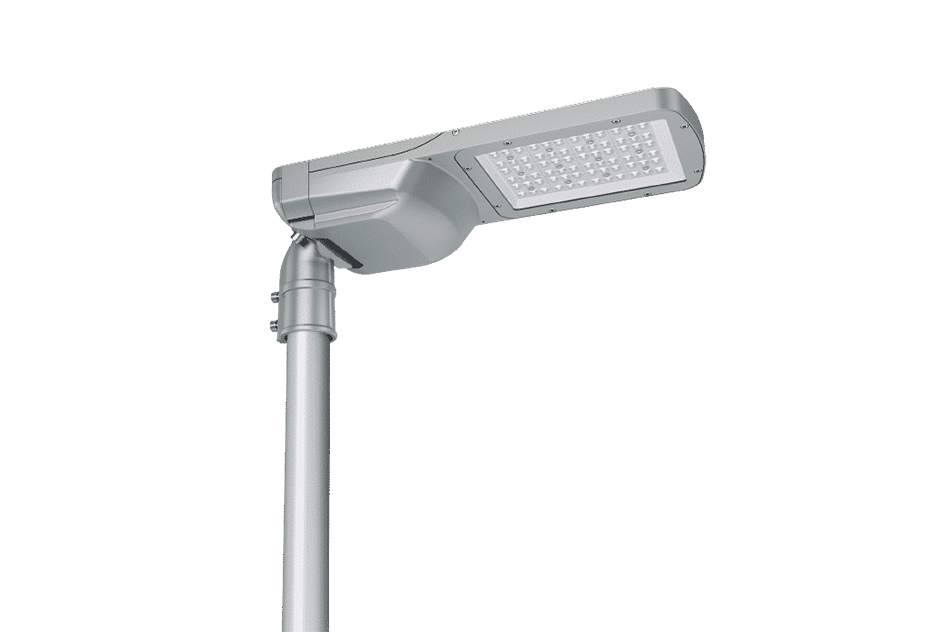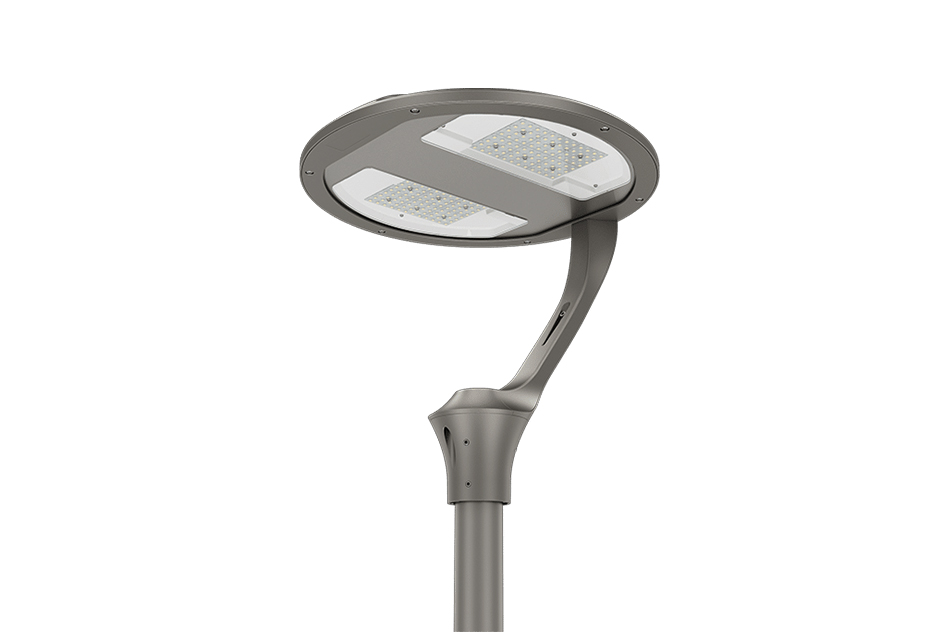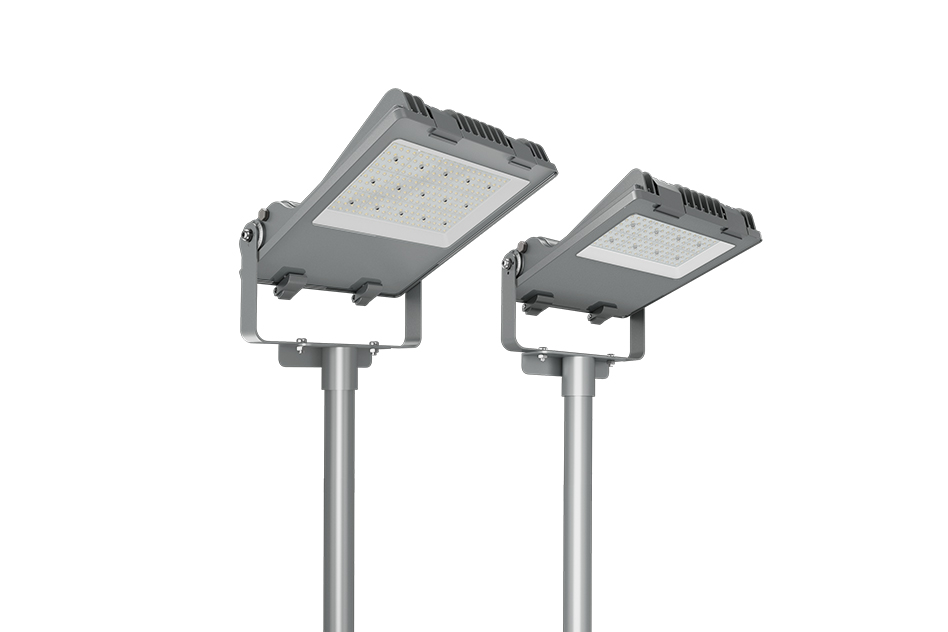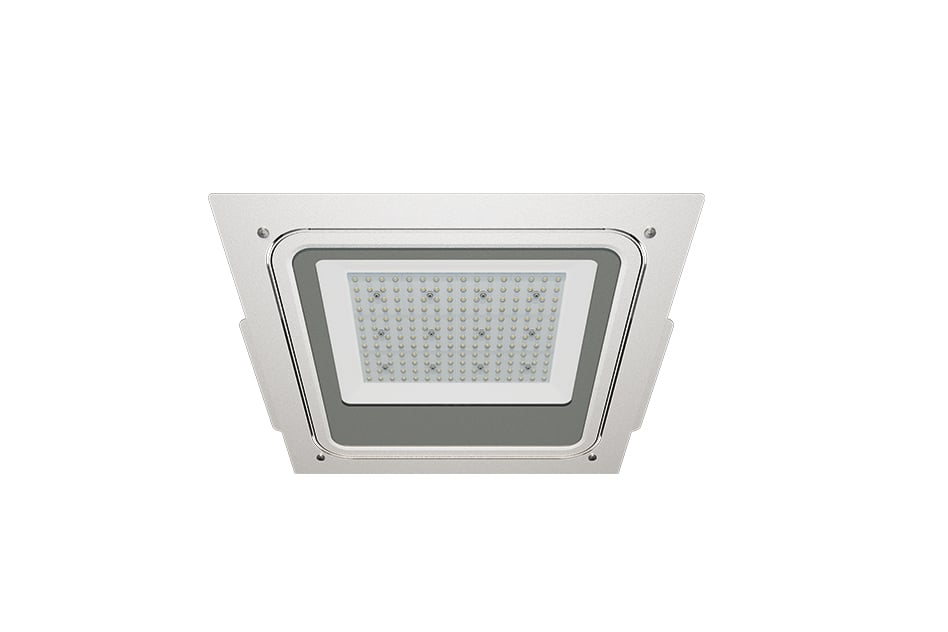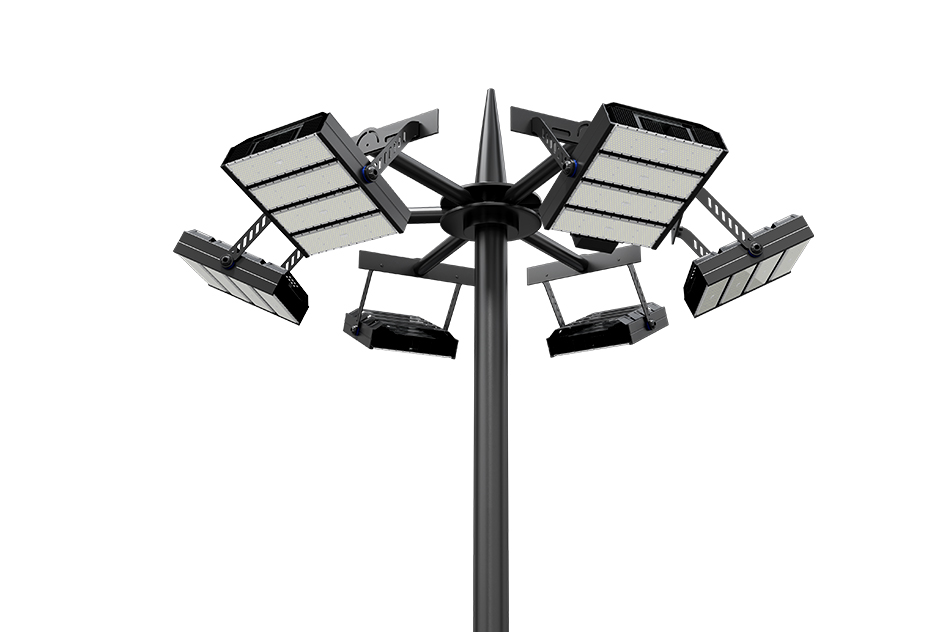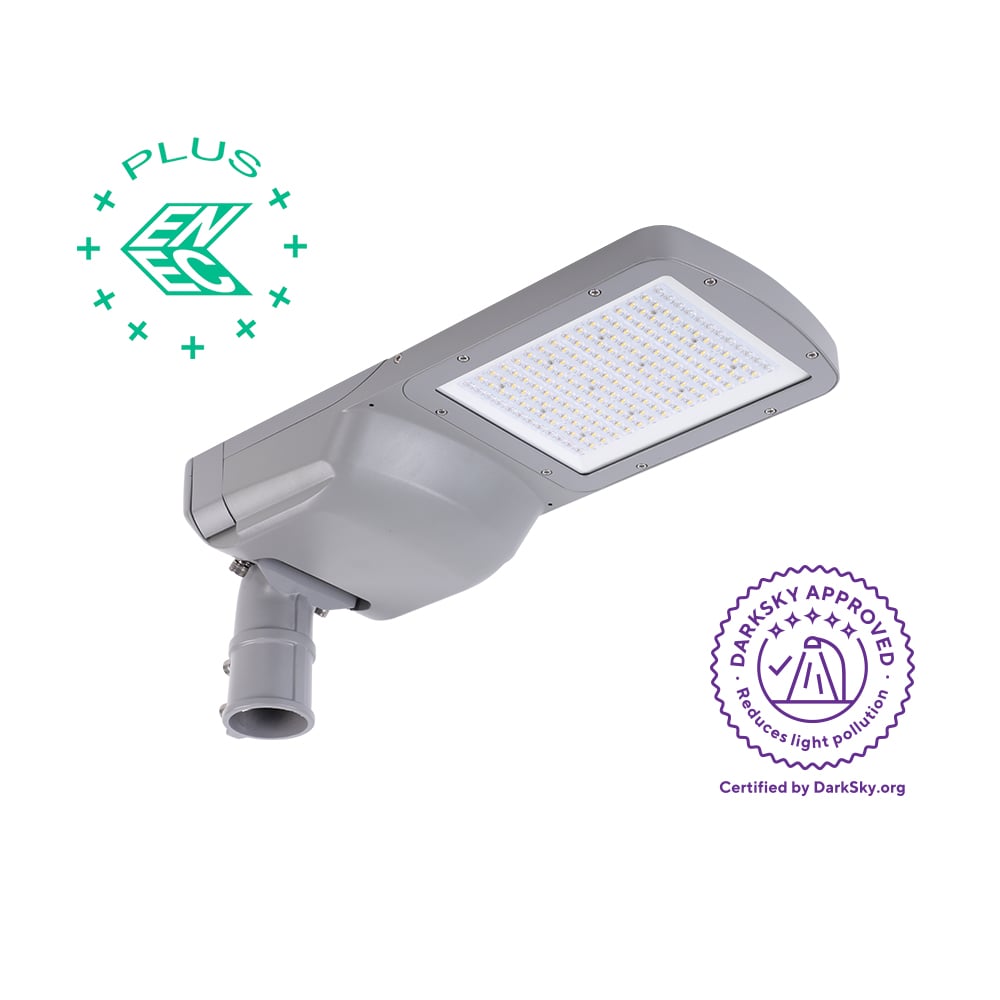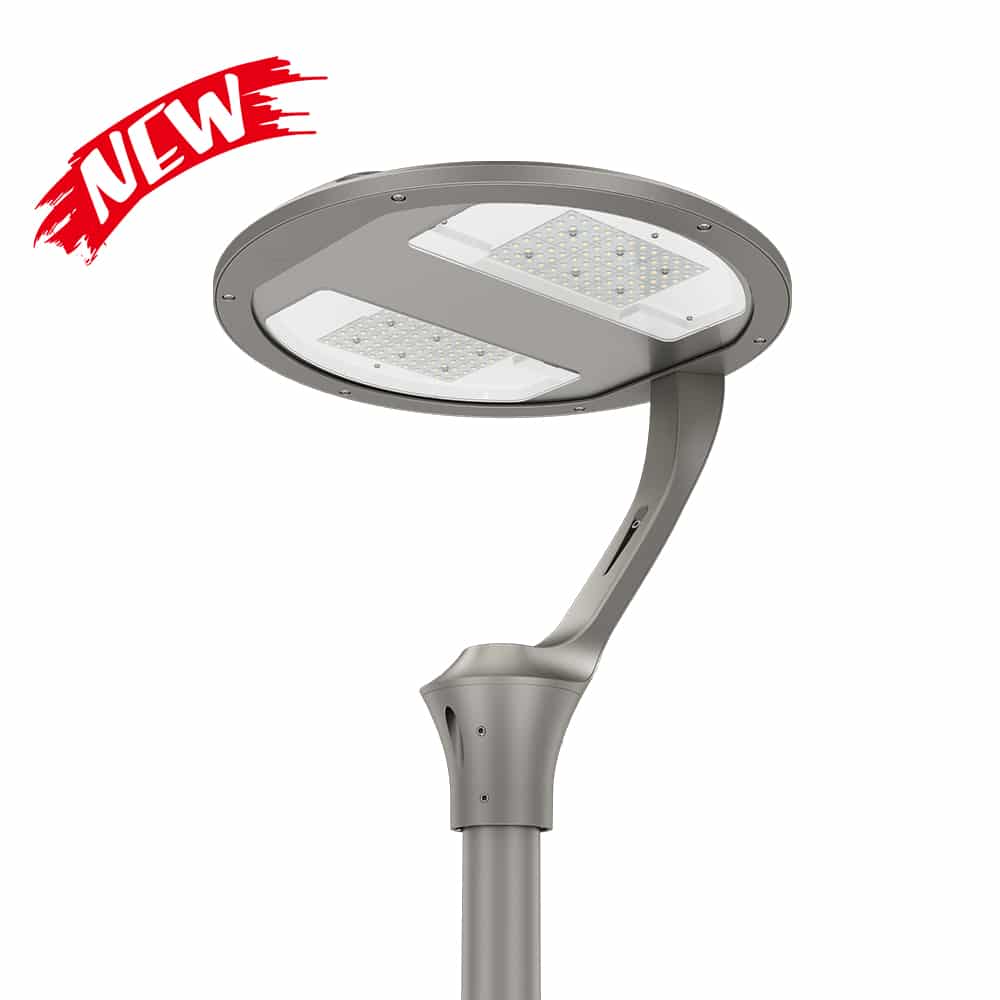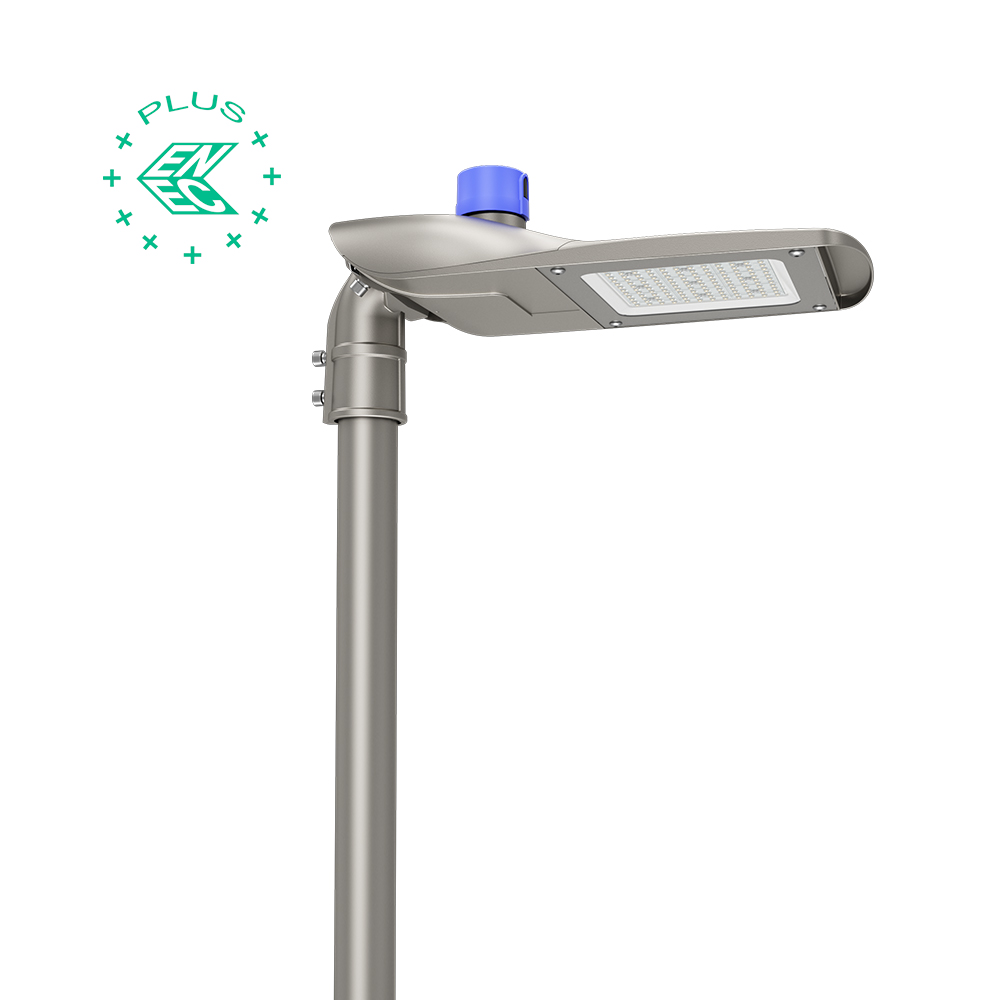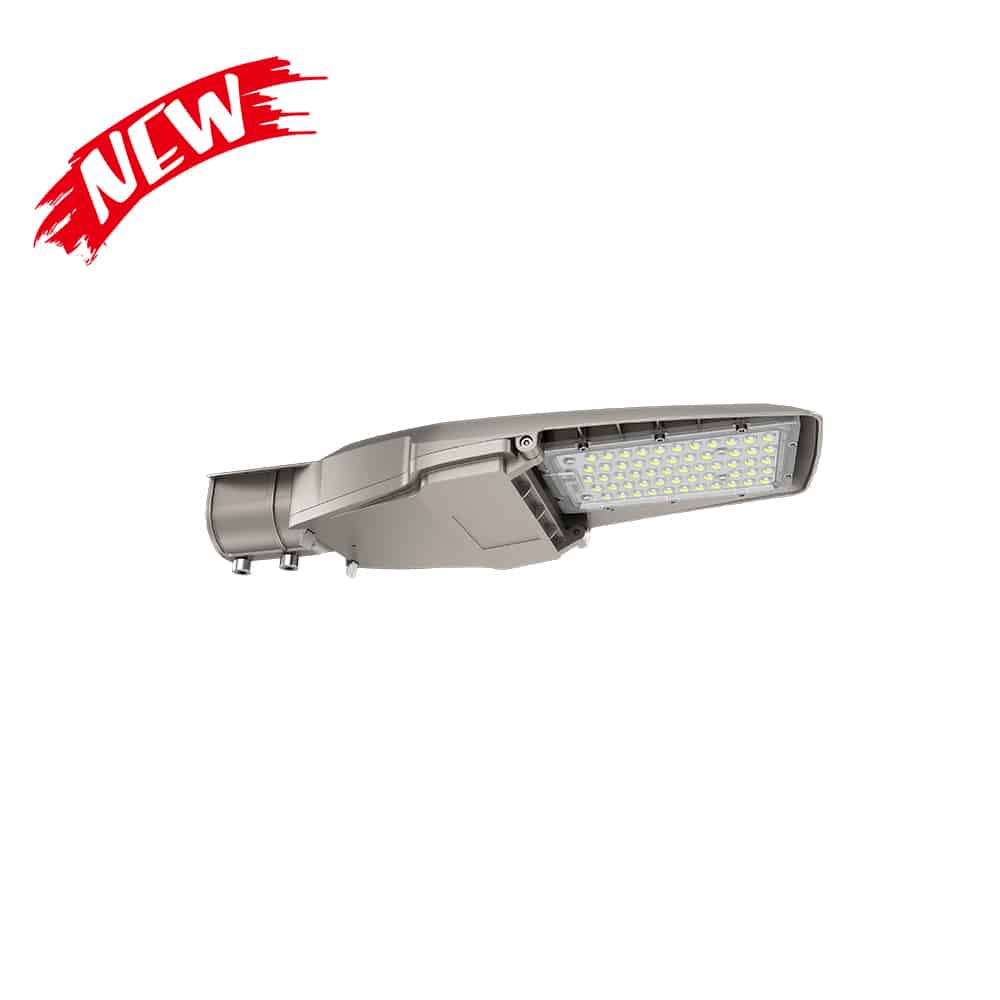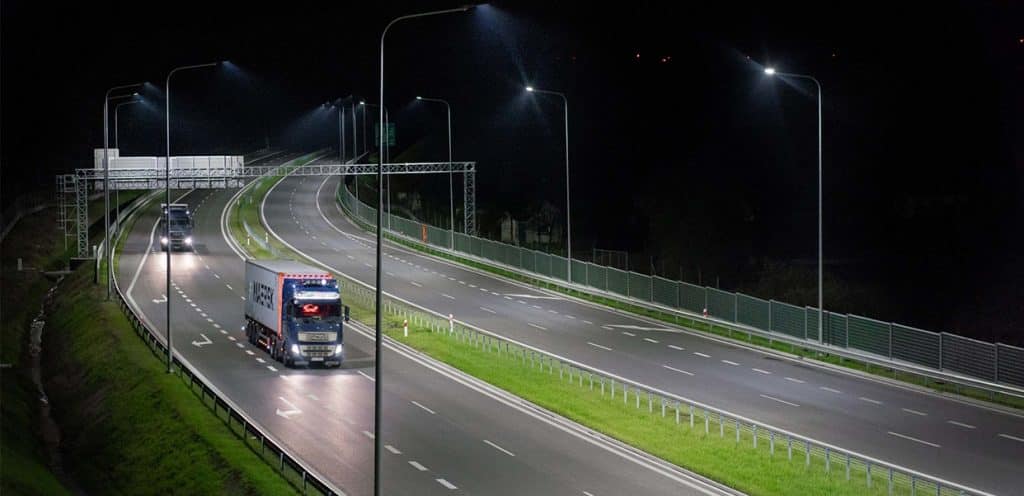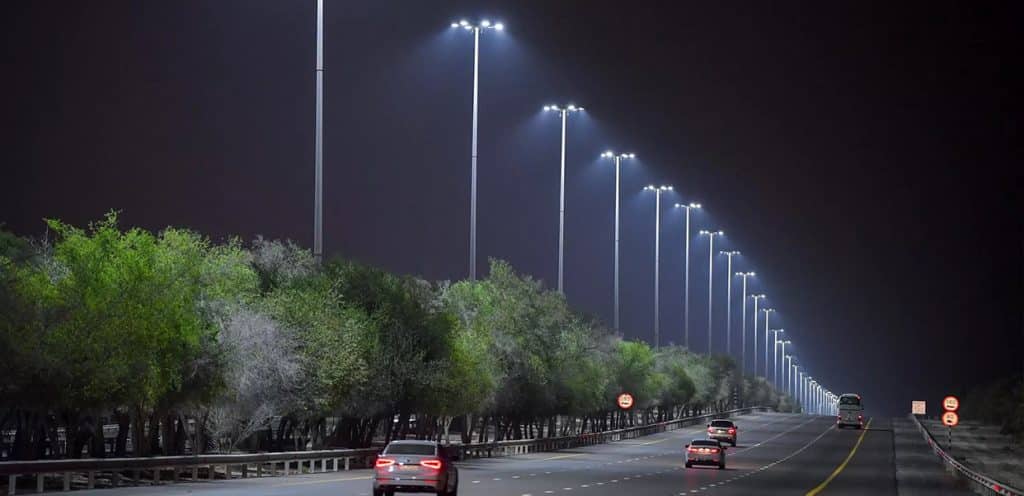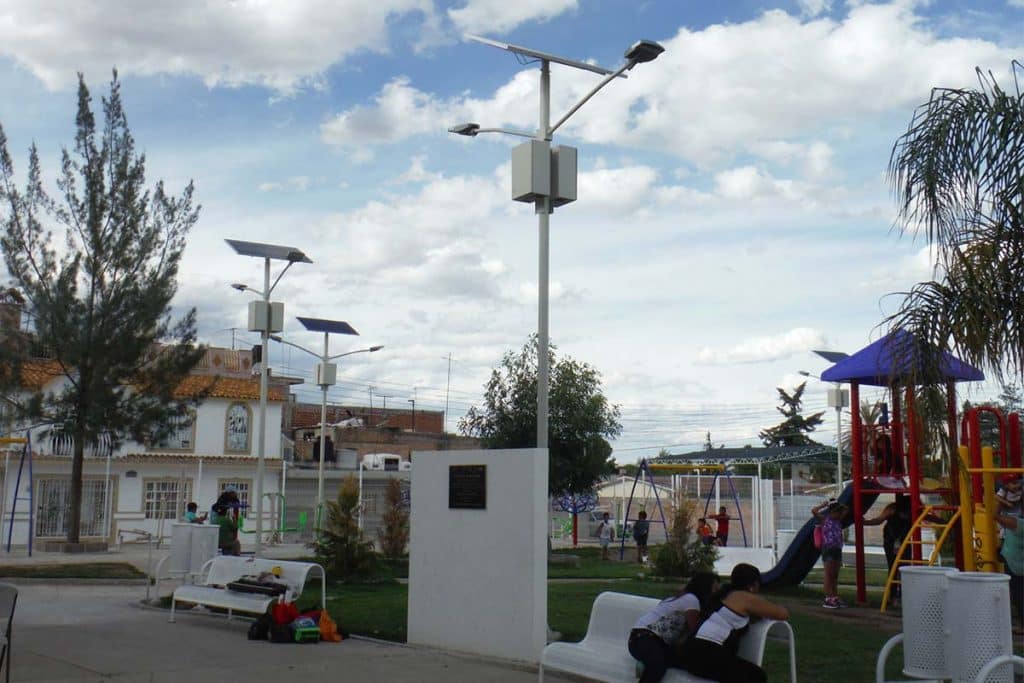Why do LED lights flicker or flashing?
Why do LED lights flicker or flashing?
Introduction
As people’s awareness of environmental protection continues to increase, LED lamps have replaced most light sources in various lighting fields, such as road lighting, sports lighting ( View ZGSM sports lighting solutions ), industrial lighting, etc. Although LED lamps are ideal for these lighting places, they still have the problem of flickering. In short, LED light flickers because of the changing frequency of power output. This article will mainly introduce what is light flicker, what’s the essential reason of light flicker, why do LED lights flicker, how to solve the lights flicker problem in practice. So let’s go now.
The essential reason which cause lights flicker
When the output of a light source fluctuates, light will flicker or ripple. In simple terms, when you turn the light on, the light is at 100% output, and when you turn it off, the light is at 0% output (see the figure below). Light flicker is caused by the light output switching on and off. The frequency of the flicker is measured in Hertz (Hz), which determines how noticeable it is. Most people can observe flicker at frequencies below 50-70 Hz, while flicker at 100 Hz and above is less noticeable.
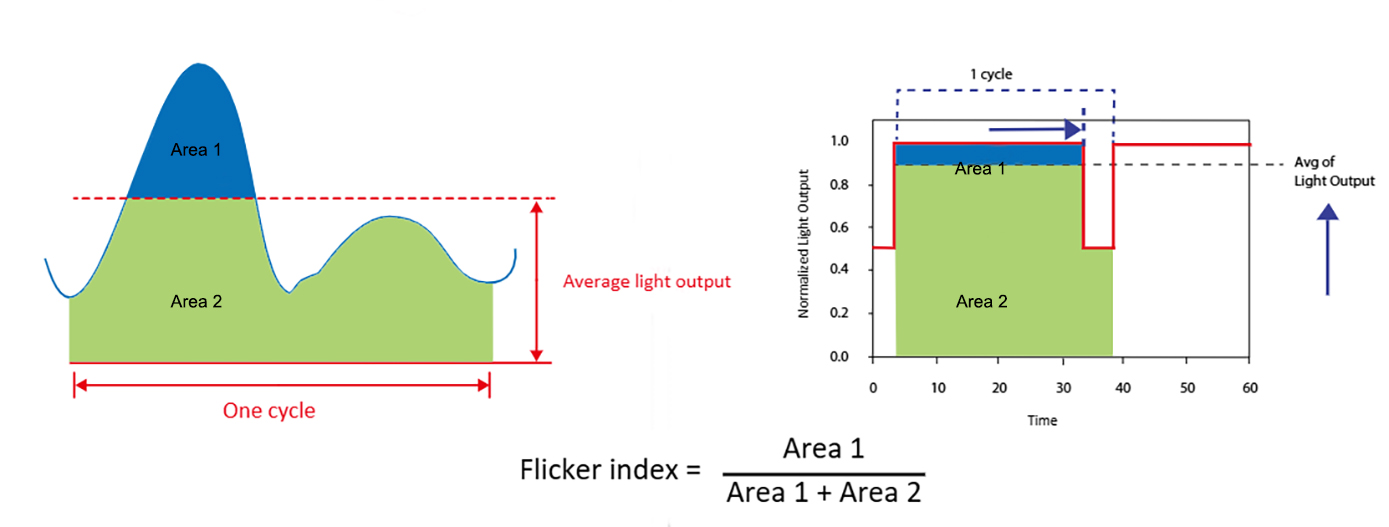
Flicker occurs in all types of lighting ( different types of street lights ), whether it is incandescent, metal halide, energy-saving lamps or LED lamps. In the case of incandescent lamps, its flicker is not easily noticed because the filament retains heat (thermal persistence). Although the power of the lamp fluctuates, the residual heat still ensures that the incandescent lamp continues to emit light, so we cannot feel the flicker of the lamp. LEDs are not affected by thermal persistence, so when the power is turned off, the light output stops immediately ( Why we shall pay attention to light output degradation? ). This means that if the LED is directly connected to a 60Hz AC power supply, the LED will switch on and off 50 times in one second, which is noticeable to the human eye. Obviously this is unacceptable, so LED drivers often include power factor correction (PFC) to adjust the output frequency, ripple and noise. With a suitable LED driver ( How to choose the right LED driver? ), the flicker of LED lamps can be basically eliminated.
What’s harm of lights flicker?
Visual fatigue: Flickering lights can cause discomfort, leading to eye strain, headaches, and visual fatigue. Prolonged exposure to flashing lights can cause severe migraines, dizziness, and even epileptic seizures in epilepsy patients, which will reduce work efficiency.
Affecting normal use: The flickering of lamps is sometimes visible to the naked eye, and visible flickering lights distract people’s attention. If in a factory, it can make it difficult to concentrate on tasks, which can also have a negative impact on work efficiency and overall productivity. If it is a road, it will make people unable to observe the road conditions and affect driving safety. If on the court, it has a similar negative effect, preventing athletes from being able to relax and enjoy their sport.
Photography is impossible: The flicker of lamps is sometimes invisible to the naked eye, but during the photography process such subtle flickers can be easily captured by a highly sensitive camera, especially when the camera is set to a higher frame rate or faster shutter speed. The flickering phenomenon of such lamps may appear as irregular brightness fluctuations or flashing stripes in the image, which significantly reduces the overall quality of the image and video, making it difficult to carry out high-quality photography smoothly.

What’s the reasons of LED lights flicker?
Poor quality LED driver
ZGSM previously compared the high-end Inventronics power supply with other unknown brands of power supply and found that under shooting conditions, the former had almost no ripple, while the latter had very obvious ripple. Similarly, after using unknown brand lamps for a period of time, there was also a flicker problem visible to the naked eye. These are all caused by the poor quality of the power supply ( LED driver and lamp quality is closely related, check this article to know more. ) . On the contrary, Inventronics power supply uses PWM (pulse width modulation) or PFM (pulse frequency modulation), PFC technology to achieve precise control of power output. These control technologies can better regulate the current voltage, thereby reducing the occurrence of ripple and flicker. Therefore, using the right driver is crucial to eliminating flicker and obtaining better lighting effects.

Voltage fluctuations
Voltage instability is also an important factor that causes LED lights to flicker. When the voltage exceeds the operating voltage range of LED lights, especially in areas where the grid voltage fluctuates greatly, LED lights are prone to flickering. Taking ZGSM’s street lights ( Find different series of ZGSM street lights ) as an example, we usually use LED drivers with 90-305VAC input to ensure that the lamps can work properly within this voltage range. However, in areas with unstable power supply or underdeveloped power grids, the grid voltage may drop during peak hours, which can cause LED lamps to malfunction or flicker.
Unreasonable LED lamp design
Mismatched power supplies or poor heat dissipation can also cause LED lights to flicker. Overload and overheating of the LED driver will cause unstable current output, that’s why do LED lights flicker. Mismatch between LED lamp chips and LED driver is one of the main reasons for LED lights flicker. If the voltage and current parameters of the LED lamp chips and the LED driver do not match, the lamp may not light up. Even if it can light up, it may automatically shut down due to overload (i.e. the lamp flickers). In addition, some LED drivers have over-temperature protection. When the lamp has poor heat dissipation (i.e. the power supply accumulates too much heat), the driver will reduce or cut off the current output due to exceeding its operating temperature ( Read to know more about Working temperature of LEDs and LED driver ), causing the LED lamp to reduce output or turn off. When the temperature drops, the power supply resumes output, the lamp turns on, and the cycle repeats.
How to solve the problem of LED lights flicker?
High quality LED driver and reasonable electrical parameters
In order to prevent the lamps from producing ripples and flickering, it is necessary to use high-quality power supplies. For example, the parameters of RIPPLE & NOISE (max.) are found in Mean Well power supplies and Infit Power supplies, which are directly related to the size of the ripple phenomenon. In addition, the output voltage and current of the power supply need to have a certain margin. By consulting the power supply specification, I know that the output voltage of HLG-40H-48A is 28.8-53V. When it is necessary to use the ZGSM Rifle 40W street light ( Rifle series is ZGSM’s most best-selling street lights ) as an example, the voltage of the aluminum substrate must also be within this range. Our voltage range is 45V, and even if the voltage fluctuates with the current, it will not exceed 53V, which can ensure that the lamps will not flicker.
Pay attention to the heat dissipation
Heat dissipation is an issue that lighting manufacturers must consider. In the previous section, we said that when the temperature of the power supply is too high, it will reduce or cut off the output. Therefore, it is necessary to keep a certain distance between the power supply ( LED driver ) and the heating part of the lamp (LED module) to reduce the heat transfer to the power supply. At the same time, we must clearly know whether the Tc point temperature of the power supply and Ts point temperature of LEDs is within its operating temperature range. The most direct way is to perform ISTMT testing, and ZGSM will strictly follow this guideline. In addition, good heat dissipation of lamps is also very helpful in reducing the light decay of lamps. If you are interested, you can refer to this blog – light decay.
Check the input voltage carefully
Voltage is an important factor affecting the normal lighting of lamps, but this factor is generally not something that lamp manufacturers can control. Usually we will repeatedly confirm the local input voltage with customers, and then we produce lamps with corresponding input voltages according to customer requirements. And some street light tender, there will be a specific requirement on the input voltage of LED lamps ( Please check LED street light specifications as per public lighting tender ). If it is 110V input, then the narrow voltage input power supply is not suitable, and the lamp will either not light up or flicker. If it is high voltage input, we need to equip customers with high voltage input power supplies. In most cases, 90-305V can meet the customer’s application needs. If the lamp flickers, it is necessary to confirm whether the local voltage is normal.
Quality control include wire connection and aging test
Loose connections between the lamp’s internal wiring and the lamp’s input wires can also cause flickering. This flickering is usually an isolated phenomenon, as it is often avoidable. The lamp needs to be tested for current before leaving the factory to ensure the stability of the connections between the components. At the same time, a professional electrician should be asked to connect the lamp to ensure the accuracy of the wiring. If the lamp flickers, check the connection of the wires and the lamp itself. If the problem persists, you may need to consult an electrician for further treatment.
ZGSM LED lights
ZGSM produces all kinds of LED lamps, including street lights, industrial lights, floodlights, sports lights, gas station lights and solar street lights ( Check to find ZGSM solar street lighting solutions ). We equip these lamps with high-quality LED drivers to ensure the quality of the LED lamps. These drivers can effectively reduce the probability of light flicker and limit the occurrence of ripple. If you are interested in these products, please contact us.
Summary
Light flickering is a common problem in life. For example, ceiling lamps at home, floodlights on the sports court, garden lights ( ZGSM offer modern and classical garden lights ) on community roads, etc. When they flicker, they will affect activities at night, and the harm is obvious. This article mainly analyzes the reasons why do LED lights flicker, including poor quality power supply, unreasonable electrical parameters, heat dissipation problems caused by unreasonable structural design, voltage fluctuations, etc. At the same time, we also know the measures to avoid flickering of lamps. ZGSM’s lamps generally use high-end Inventronics/Meanwell drivers, reasonable heat dissipation design, and strict quality inspection processes to ensure that the lamps will not flicker or ripple. If you want to know more information, please contact us.
Related Products
Related Blogs
Related Cases
People also ask
Author introduction

Hello Customers,
My name is Taylor Gong, I’m the product manager of ZGSM Tech. I have been in the LED lights industry for more than 13 years. Good at lighting design, street light system configuration, and bidding technology support. Feel free to contact us. I’m happy to provide you with the best service and products.
Email: [email protected] | WhatsApp: +8615068758483

